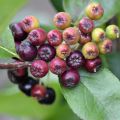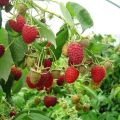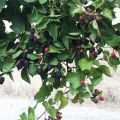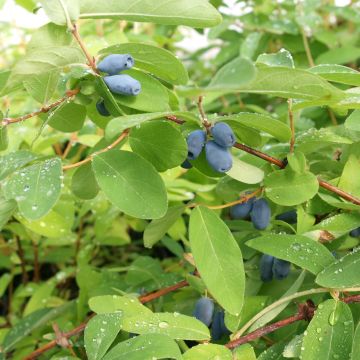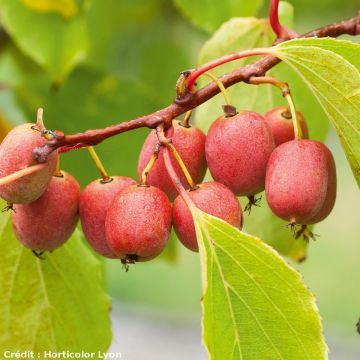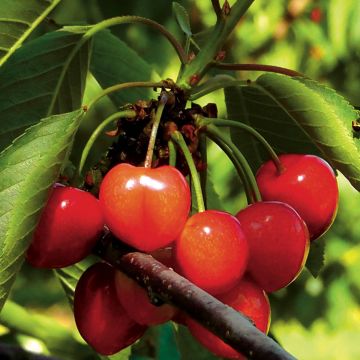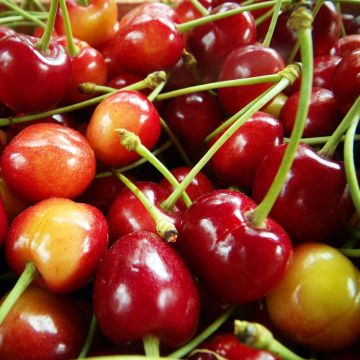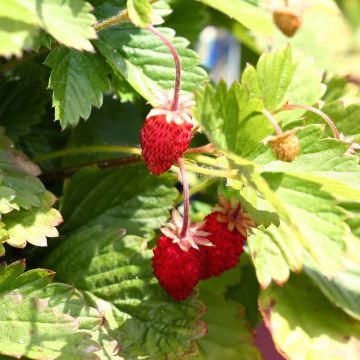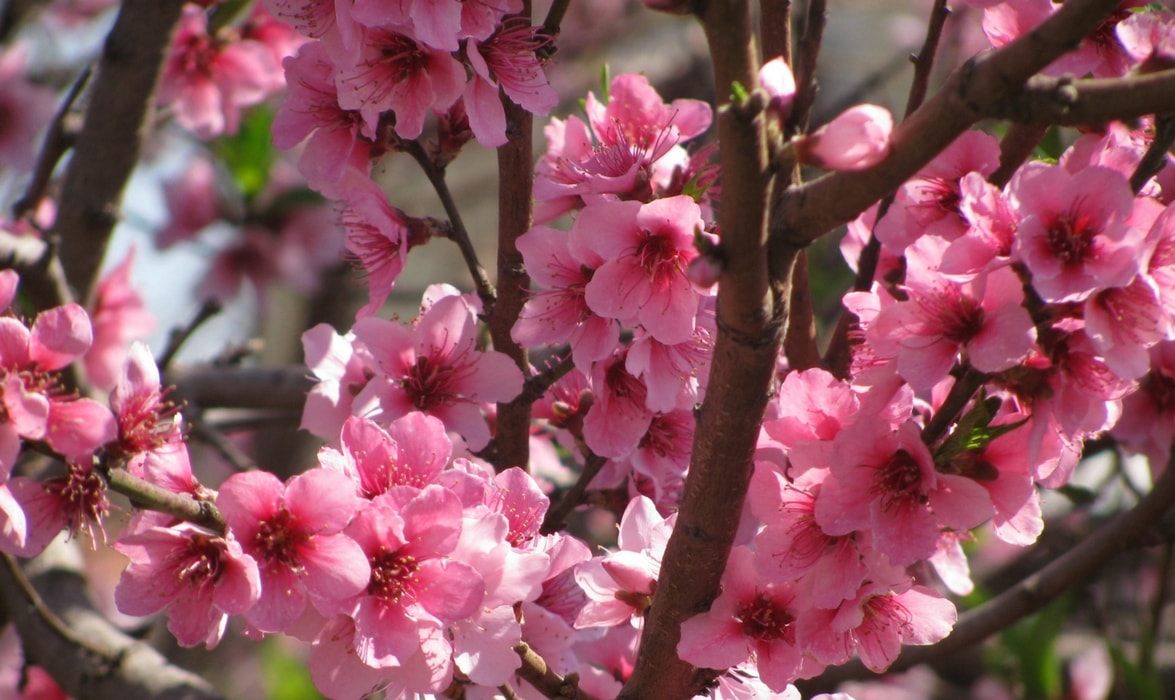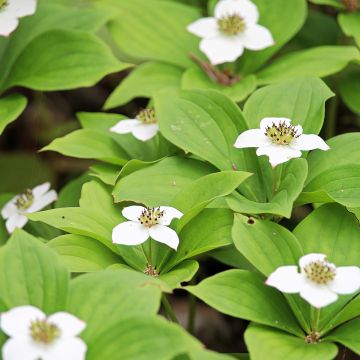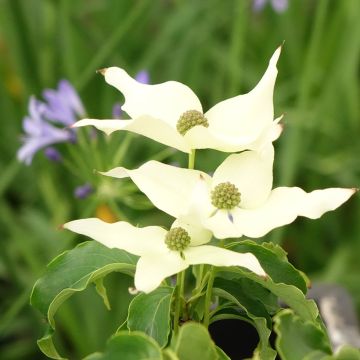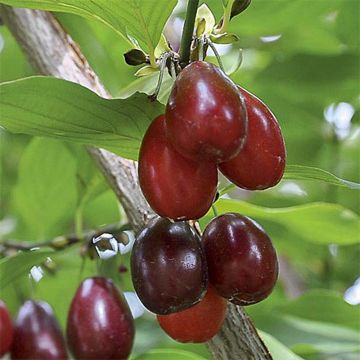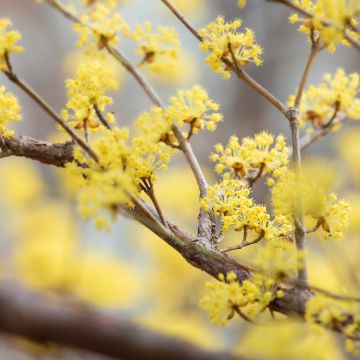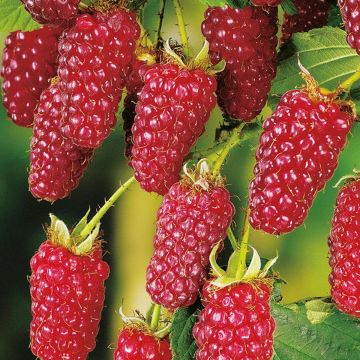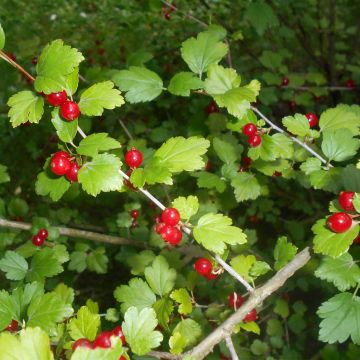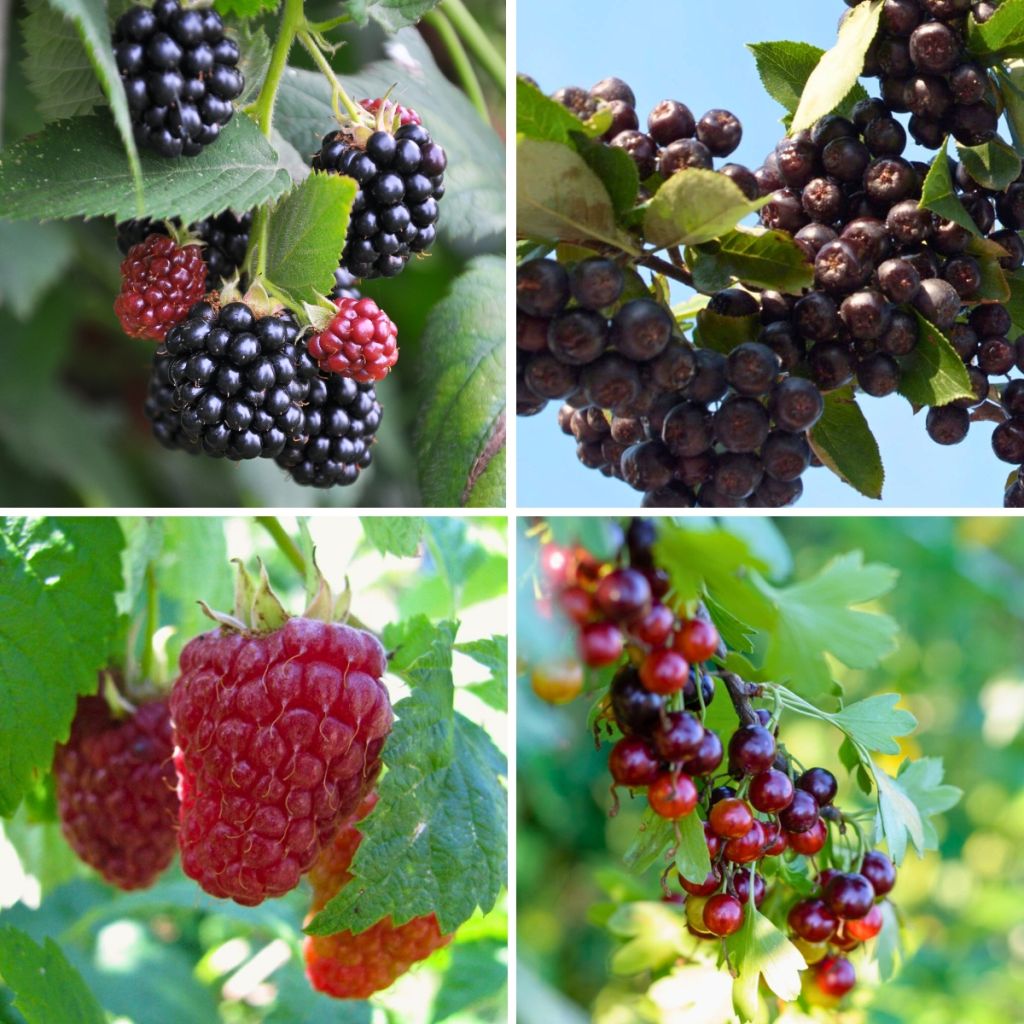

Edible Hedge Kit Red Fruits 3/4m (10/13ft)
Edible Hedge Kit Red Fruits 3/4m (10/13ft)
Special offer!
Receive a €20 voucher for any order over €90 (excluding delivery costs, credit notes, and plastic-free options)!
1- Add your favorite plants to your cart.
2- Once you have reached €90, confirm your order (you can even choose the delivery date!).
3- As soon as your order is shipped, you will receive an email containing your voucher code, valid for 3 months (90 days).
Your voucher is unique and can only be used once, for any order with a minimum value of €20, excluding delivery costs.
Can be combined with other current offers, non-divisible and non-refundable.
Home or relay delivery (depending on size and destination)
Schedule delivery date,
and select date in basket
This plant carries a 6 months recovery warranty
More information
We guarantee the quality of our plants for a full growing cycle, and will replace at our expense any plant that fails to recover under normal climatic and planting conditions.
Collection items (4 plants)
Description
We offer you a Gourmet Red Fruit Hedge composed of 4 varieties of fruit bushes chosen among the best in terms of productivity and flavor. It allows you to create a hedge of 3 to 4 meters (10 to 13 feet) in length depending on the planting density. You will be able to harvest raspberries, blackcurrants, and blackberries from the second summer following planting, and chokeberries after 3 years of cultivation. To obtain good harvests, plant these small fruits in deep and rich garden soil, preferably non-calcareous.
The hedge consists of:
- 1 Aronia 'Néro': a deciduous shrub reaching an average height of 1.75 meters (6 feet) and a width of 1.25 meters (4 feet). This variety produces berries resembling large blueberries or large blackcurrants. They are harvested when ripe in September-October. Slightly astringent in their natural state, they are used in jellies, pastries, syrups, or jams. The shrub offers abundant white melliferous flowering in spring and beautiful autumn colors. It does not tolerate limestone soil well. Aronia takes 3 years to bear fruit and on average 7 years to reach its full productivity.
- 1 Organic 'Autumn Happy Malling Happy' Raspberry: a perpetual variety, producing from August to October. Its raspberries are very large (up to 4 cm (2in) long), red, conical in shape, both sweet and highly aromatic. The bush is vigorous (1.60 meters (5 feet) tall), its thornless stems are tinged with red. Its deciduous foliage is absent in winter.
- 1 Jostaberry: a deciduous hybrid bush between a currant bush and a blackcurrant bush, reaching a height of 2 meters (7 feet) and a span of about 1 meter (3 feet). It produces berries resembling large blackcurrants, with black skin and a texture similar to currants, with a tangy flavor and a lighter fragrance than blackcurrants. They can be enjoyed as is or in jams, sorbets, and pies. Harvest in July.
- 1 'Direttissima Montblanc' Garden Blackberry: a deciduous bush with long arching thorny stems, reaching a height of 2 meters (7 feet) and a span of 1.20 to 1.40 meters (4 to 5 feet). On its new shoots, small white melliferous flowers are followed by large juicy black fruits with a sweet and tangy flavor. Harvest from mid-August until autumn. They can be enjoyed fresh or in coulis, jellies, jams, pies, fruit salads, etc.
These small fruits create a rustic atmosphere, welcoming for the small fauna of the garden, decorative from spring to autumn, and interesting for the gourmet gardener. Their low height allows them to be used both as a boundary hedge and as a border for a property or orchard. The hedge will measure between 3 and 4 meters (10 and 13 feet) in length, a dimension well suited to small gardens.
Plant these bushes in full sun or partial shade, in well-prepared soil enriched with compost, preferably non-calcareous, mixing them and spacing them 75 cm (30in) apart to cover 3 linear meters within 3 years. You can space them 1 meter (3 feet) apart to form a 4-meter (13 feet) hedge, but it will only become dense after 4-5 years. The pruning period and method are specific to each shrub. Water abundantly at planting and regularly until the end of the first summer if it does not rain. To save on watering, apply a mulch around the base of your bushes.
Report an error about the product description
Plant habit
Fruit
Flowering
Foliage
Botanical data
Cultivar or hybrid
Other Fruit trees A to Z
View all →Planting and care
Plant these small fruits preferably in autumn, at the very least in early spring. They will thrive in a deep, rich, loose soil, slightly acidic to weakly calcareous, remaining somewhat moist throughout the summer. Work the soil deeply and mix the garden soil with well-decomposed compost or good quality potting soil. Add horn at the bottom of the planting hole, which should be wide and deep enough (40 cm (16in) in all directions). A sunny exposure (but not scorching) will promote better flowering and sweeter fruits.
Planting period
Intended location
Care
Planting & care advice
This item has not been reviewed yet - be the first to leave a review about it.
Similar products
Haven't found what you were looking for?
Hardiness is the lowest winter temperature a plant can endure without suffering serious damage or even dying. However, hardiness is affected by location (a sheltered area, such as a patio), protection (winter cover) and soil type (hardiness is improved by well-drained soil).

Photo Sharing Terms & Conditions
In order to encourage gardeners to interact and share their experiences, Promesse de fleurs offers various media enabling content to be uploaded onto its Site - in particular via the ‘Photo sharing’ module.
The User agrees to refrain from:
- Posting any content that is illegal, prejudicial, insulting, racist, inciteful to hatred, revisionist, contrary to public decency, that infringes on privacy or on the privacy rights of third parties, in particular the publicity rights of persons and goods, intellectual property rights, or the right to privacy.
- Submitting content on behalf of a third party;
- Impersonate the identity of a third party and/or publish any personal information about a third party;
In general, the User undertakes to refrain from any unethical behaviour.
All Content (in particular text, comments, files, images, photos, videos, creative works, etc.), which may be subject to property or intellectual property rights, image or other private rights, shall remain the property of the User, subject to the limited rights granted by the terms of the licence granted by Promesse de fleurs as stated below. Users are at liberty to publish or not to publish such Content on the Site, notably via the ‘Photo Sharing’ facility, and accept that this Content shall be made public and freely accessible, notably on the Internet.
Users further acknowledge, undertake to have ,and guarantee that they hold all necessary rights and permissions to publish such material on the Site, in particular with regard to the legislation in force pertaining to any privacy, property, intellectual property, image, or contractual rights, or rights of any other nature. By publishing such Content on the Site, Users acknowledge accepting full liability as publishers of the Content within the meaning of the law, and grant Promesse de fleurs, free of charge, an inclusive, worldwide licence for the said Content for the entire duration of its publication, including all reproduction, representation, up/downloading, displaying, performing, transmission, and storage rights.
Users also grant permission for their name to be linked to the Content and accept that this link may not always be made available.
By engaging in posting material, Users consent to their Content becoming automatically accessible on the Internet, in particular on other sites and/or blogs and/or web pages of the Promesse de fleurs site, including in particular social pages and the Promesse de fleurs catalogue.
Users may secure the removal of entrusted content free of charge by issuing a simple request via our contact form.
The flowering period indicated on our website applies to countries and regions located in USDA zone 8 (France, the United Kingdom, Ireland, the Netherlands, etc.)
It will vary according to where you live:
- In zones 9 to 10 (Italy, Spain, Greece, etc.), flowering will occur about 2 to 4 weeks earlier.
- In zones 6 to 7 (Germany, Poland, Slovenia, and lower mountainous regions), flowering will be delayed by 2 to 3 weeks.
- In zone 5 (Central Europe, Scandinavia), blooming will be delayed by 3 to 5 weeks.
In temperate climates, pruning of spring-flowering shrubs (forsythia, spireas, etc.) should be done just after flowering.
Pruning of summer-flowering shrubs (Indian Lilac, Perovskia, etc.) can be done in winter or spring.
In cold regions as well as with frost-sensitive plants, avoid pruning too early when severe frosts may still occur.
The planting period indicated on our website applies to countries and regions located in USDA zone 8 (France, United Kingdom, Ireland, Netherlands).
It will vary according to where you live:
- In Mediterranean zones (Marseille, Madrid, Milan, etc.), autumn and winter are the best planting periods.
- In continental zones (Strasbourg, Munich, Vienna, etc.), delay planting by 2 to 3 weeks in spring and bring it forward by 2 to 4 weeks in autumn.
- In mountainous regions (the Alps, Pyrenees, Carpathians, etc.), it is best to plant in late spring (May-June) or late summer (August-September).
The harvesting period indicated on our website applies to countries and regions in USDA zone 8 (France, England, Ireland, the Netherlands).
In colder areas (Scandinavia, Poland, Austria...) fruit and vegetable harvests are likely to be delayed by 3-4 weeks.
In warmer areas (Italy, Spain, Greece, etc.), harvesting will probably take place earlier, depending on weather conditions.
The sowing periods indicated on our website apply to countries and regions within USDA Zone 8 (France, UK, Ireland, Netherlands).
In colder areas (Scandinavia, Poland, Austria...), delay any outdoor sowing by 3-4 weeks, or sow under glass.
In warmer climes (Italy, Spain, Greece, etc.), bring outdoor sowing forward by a few weeks.






























